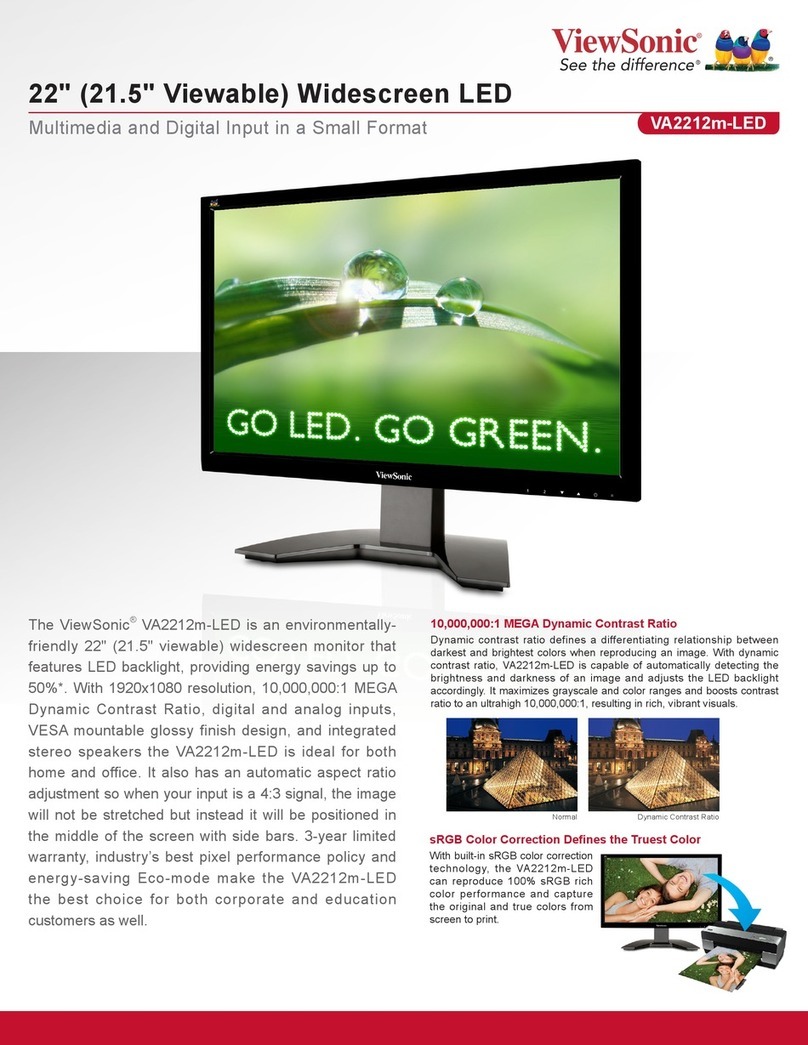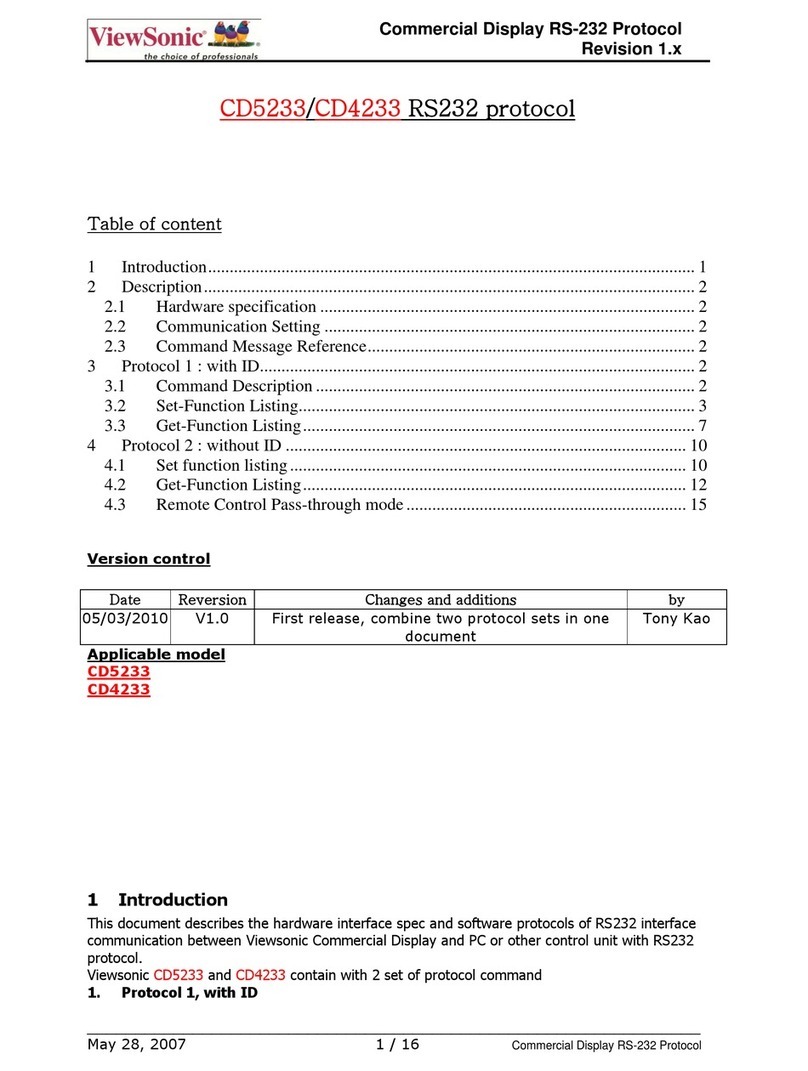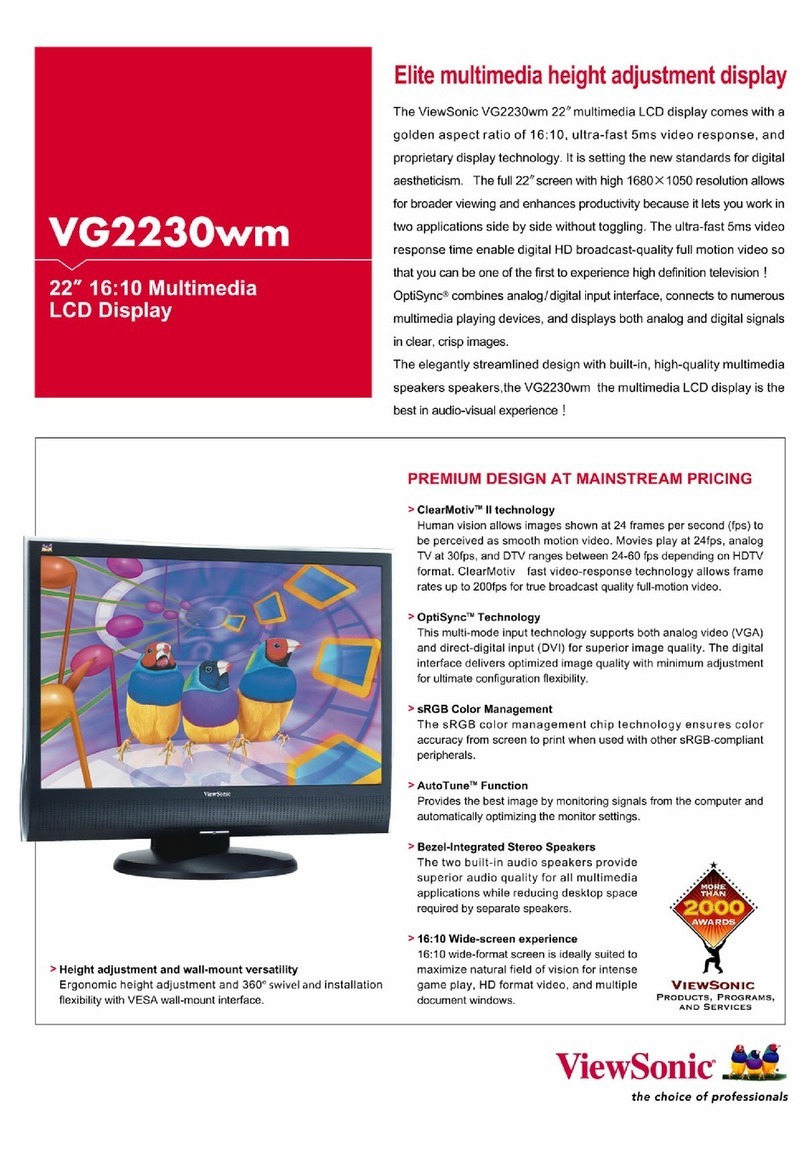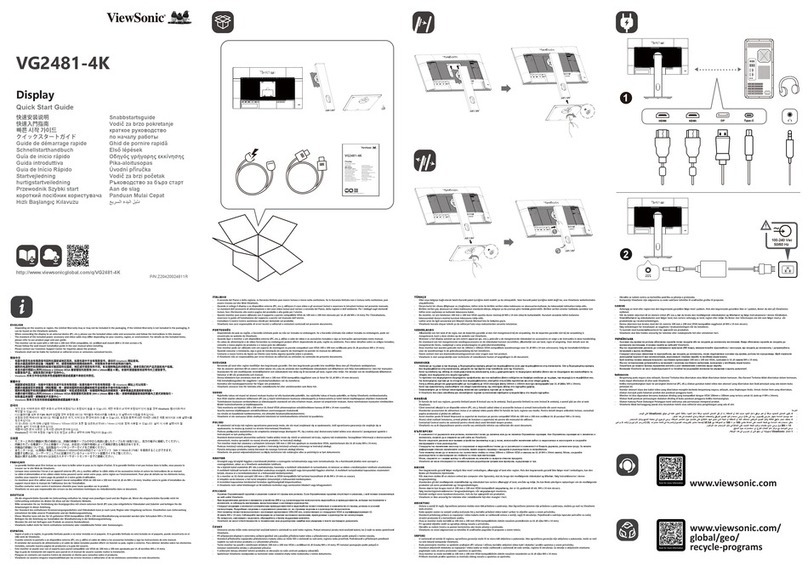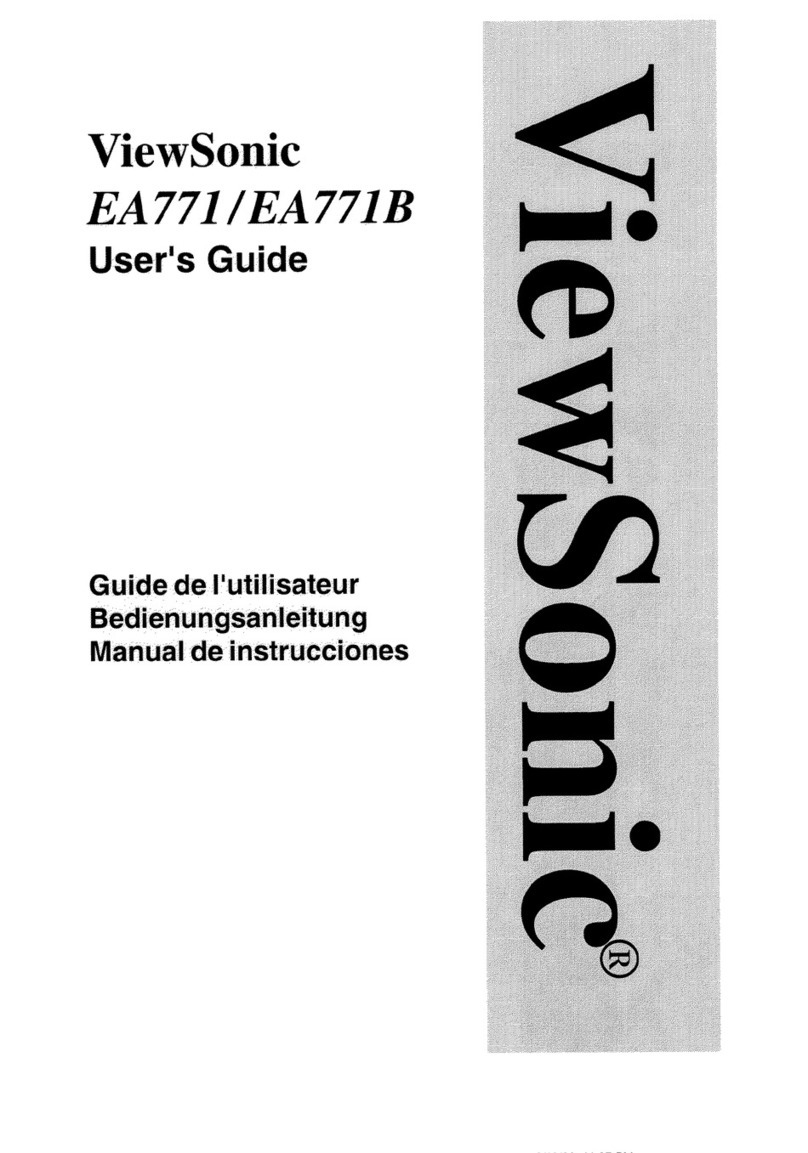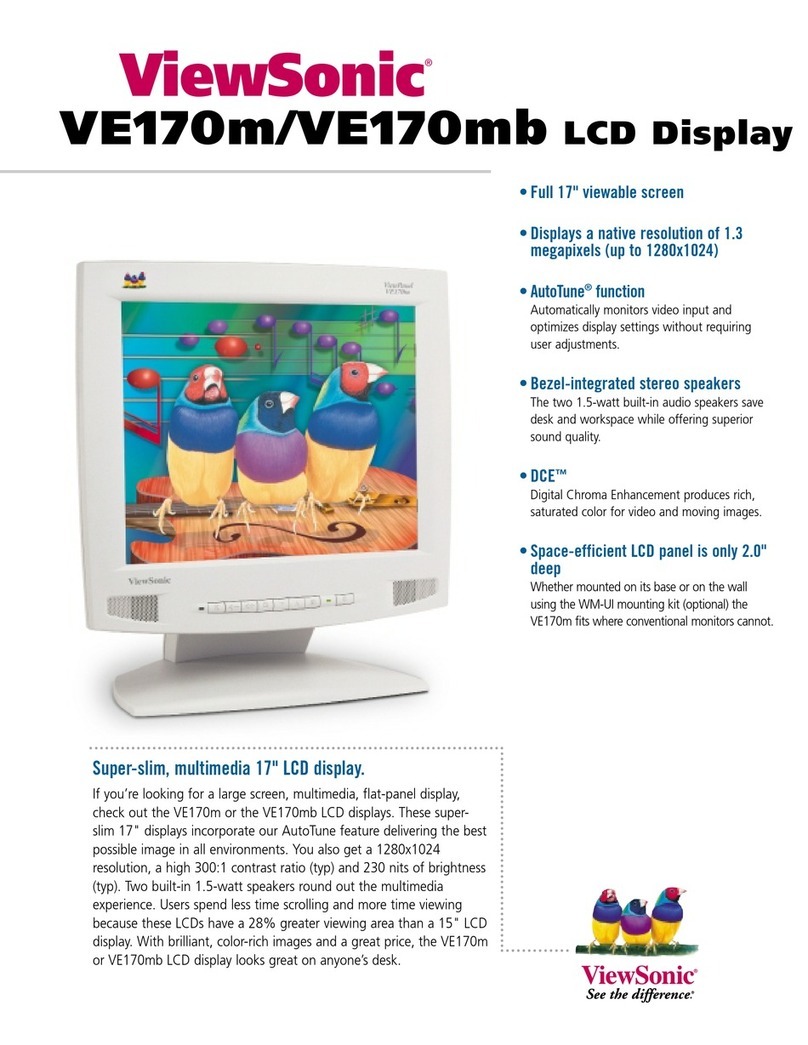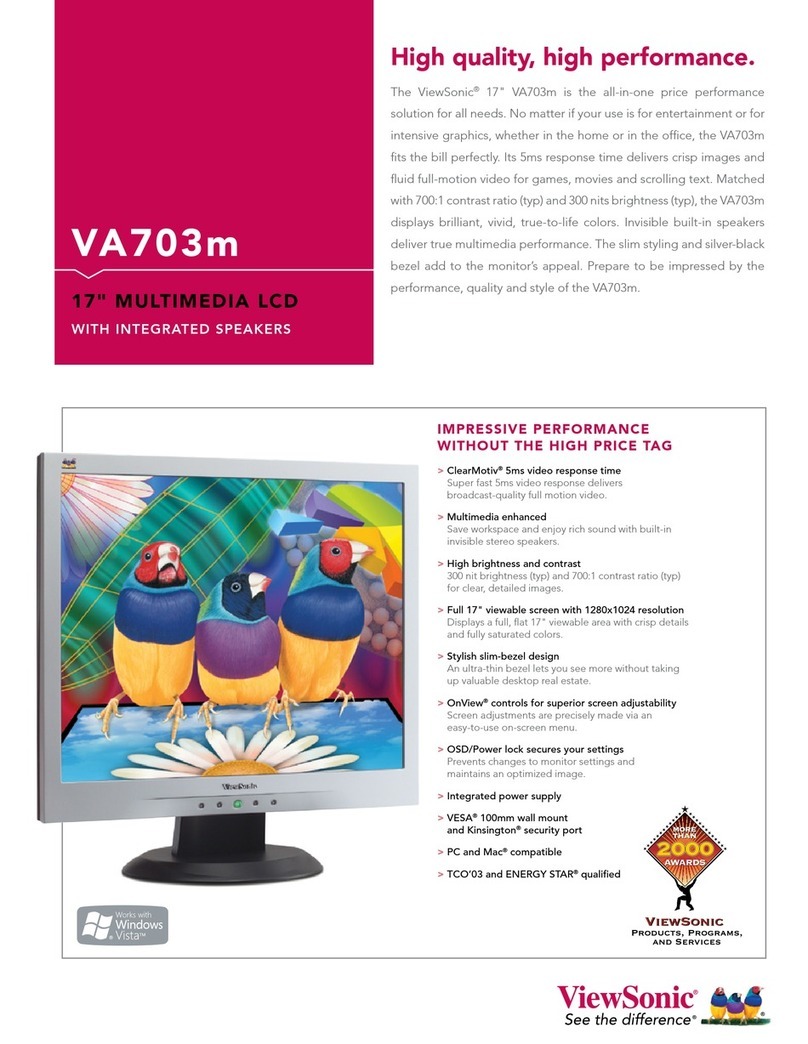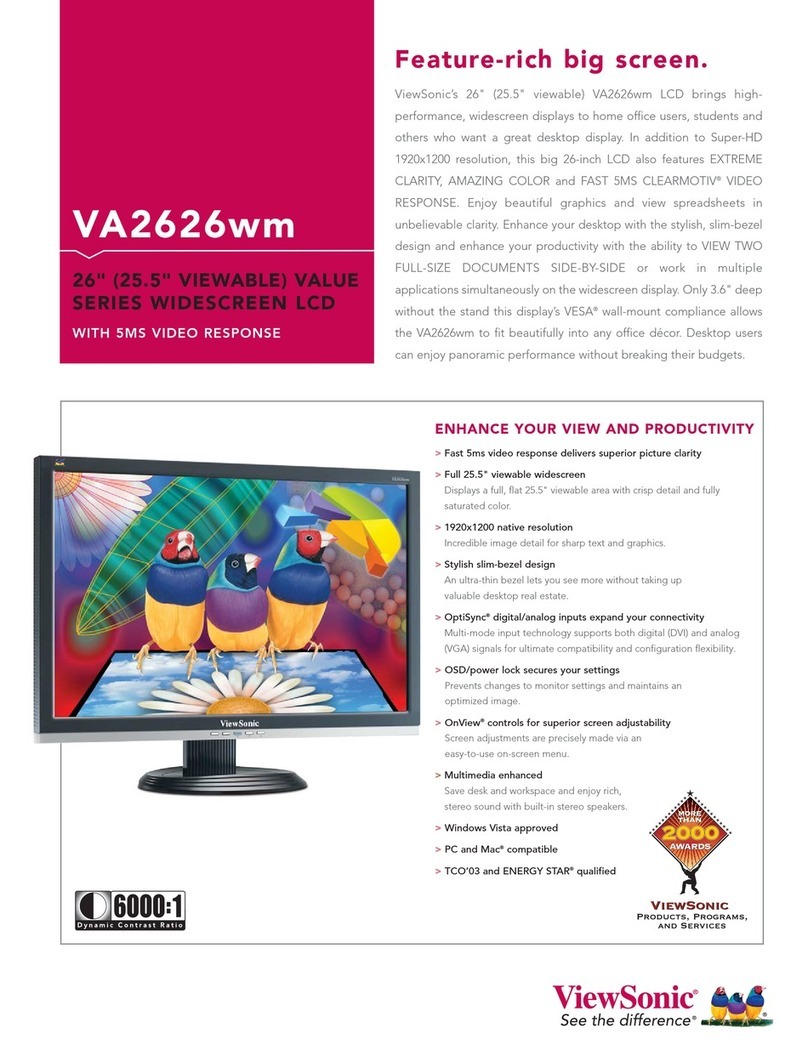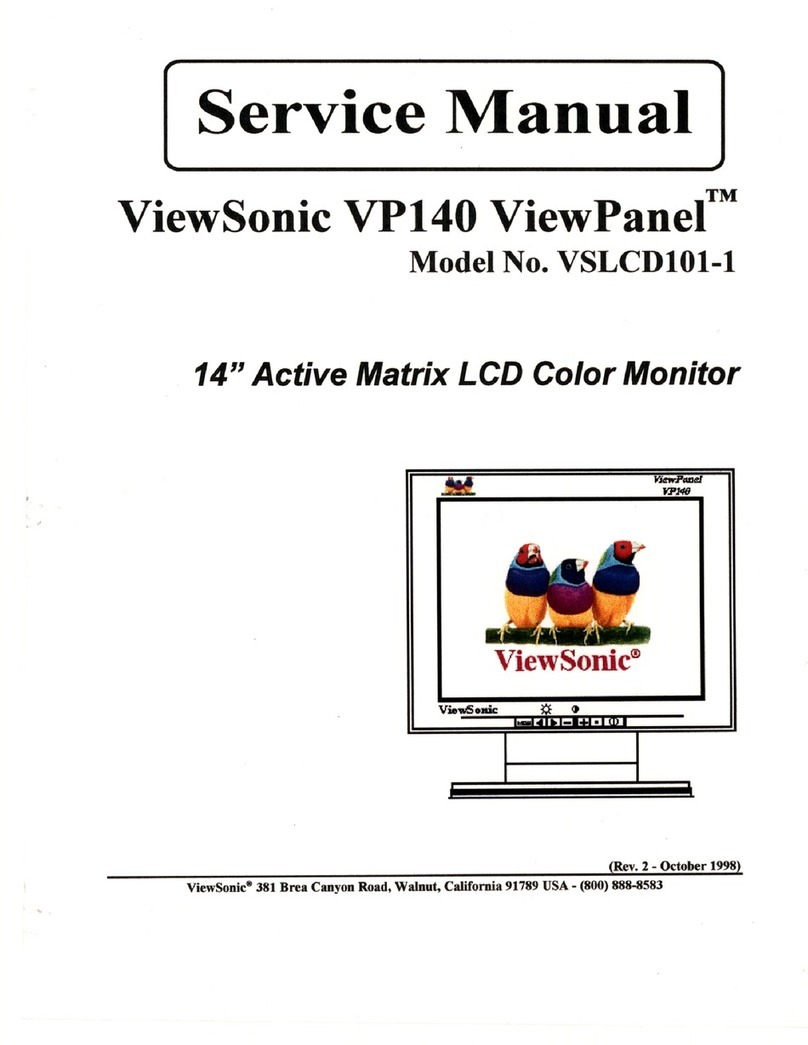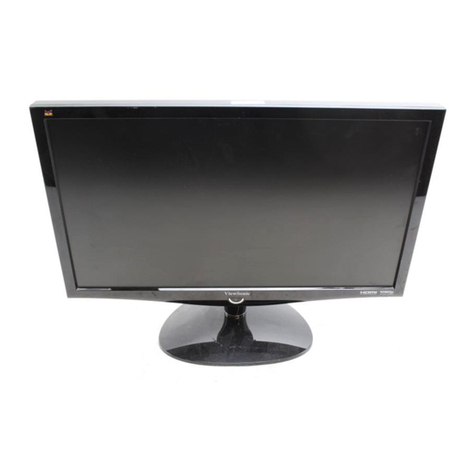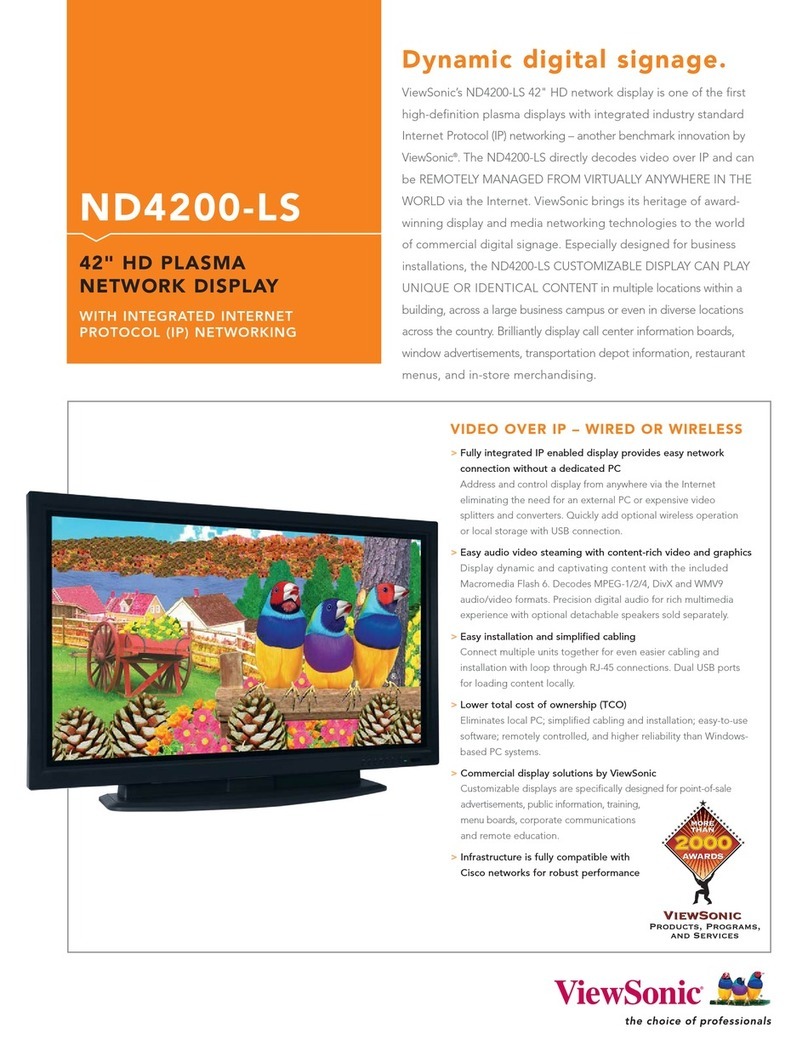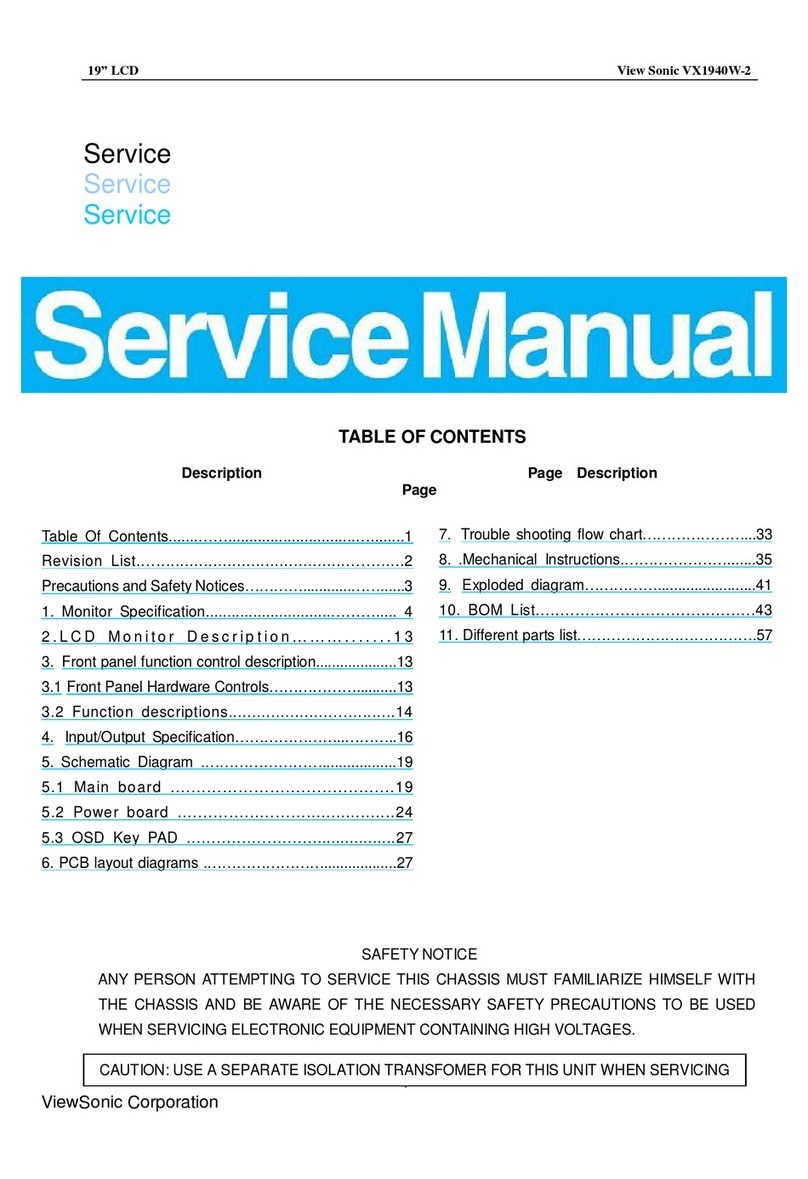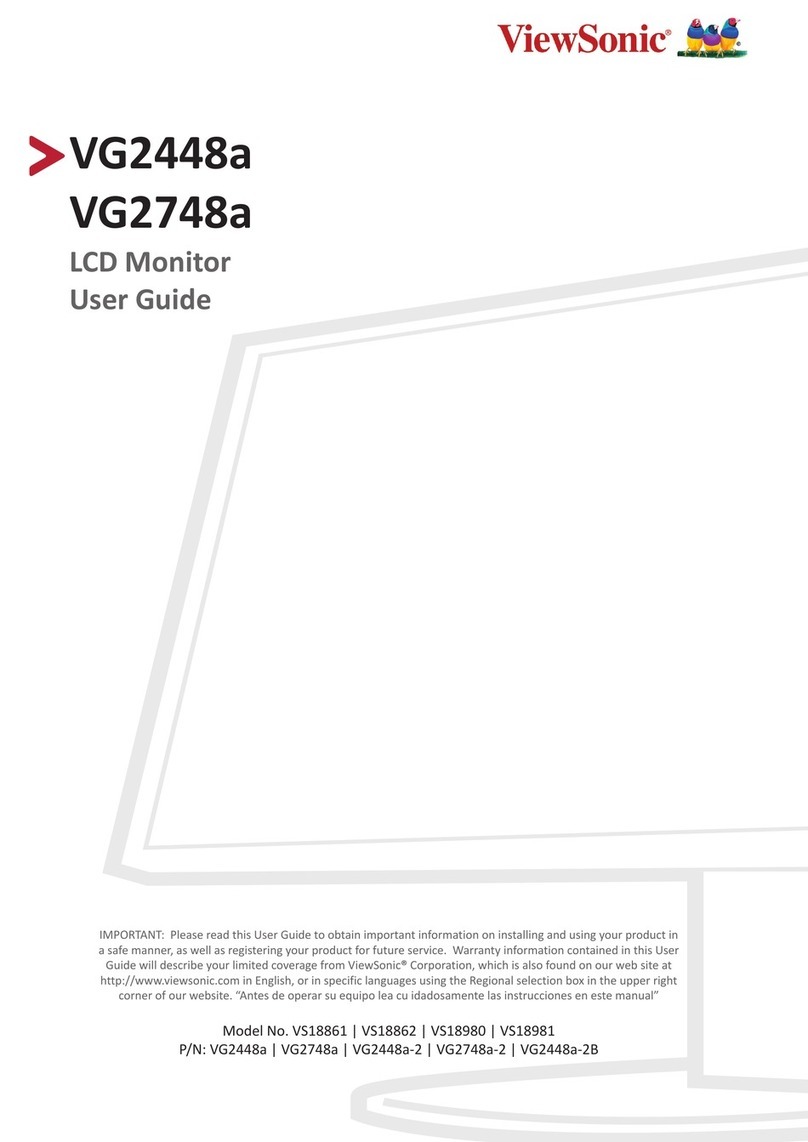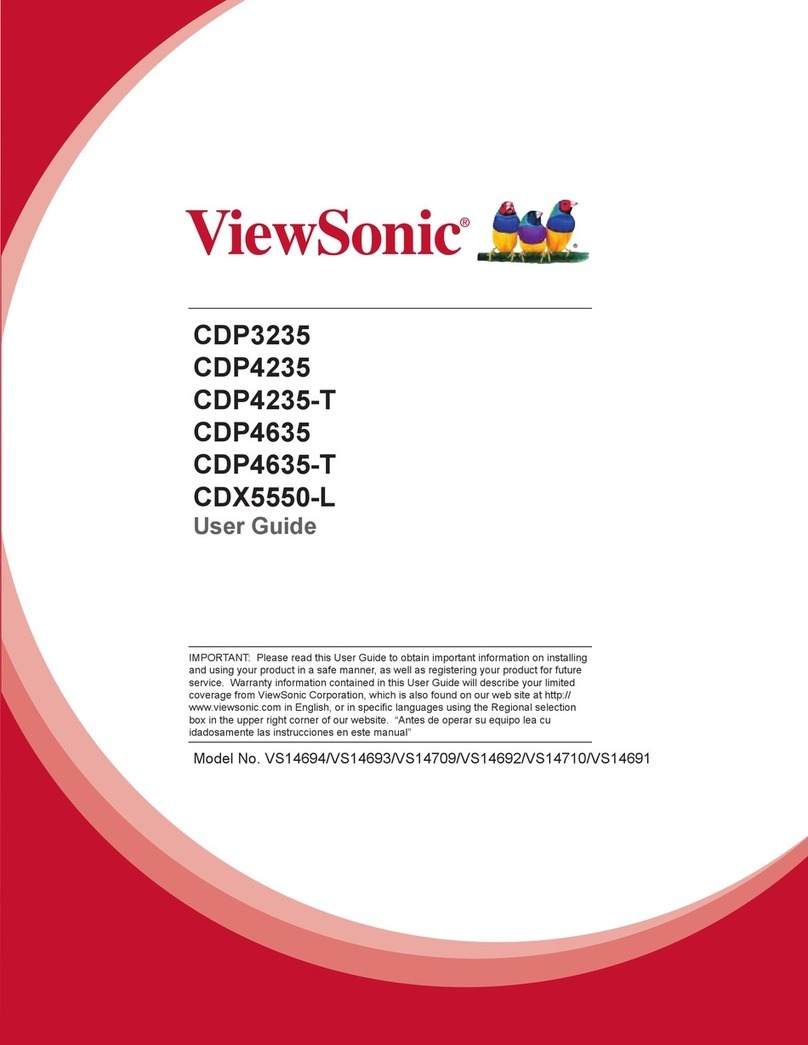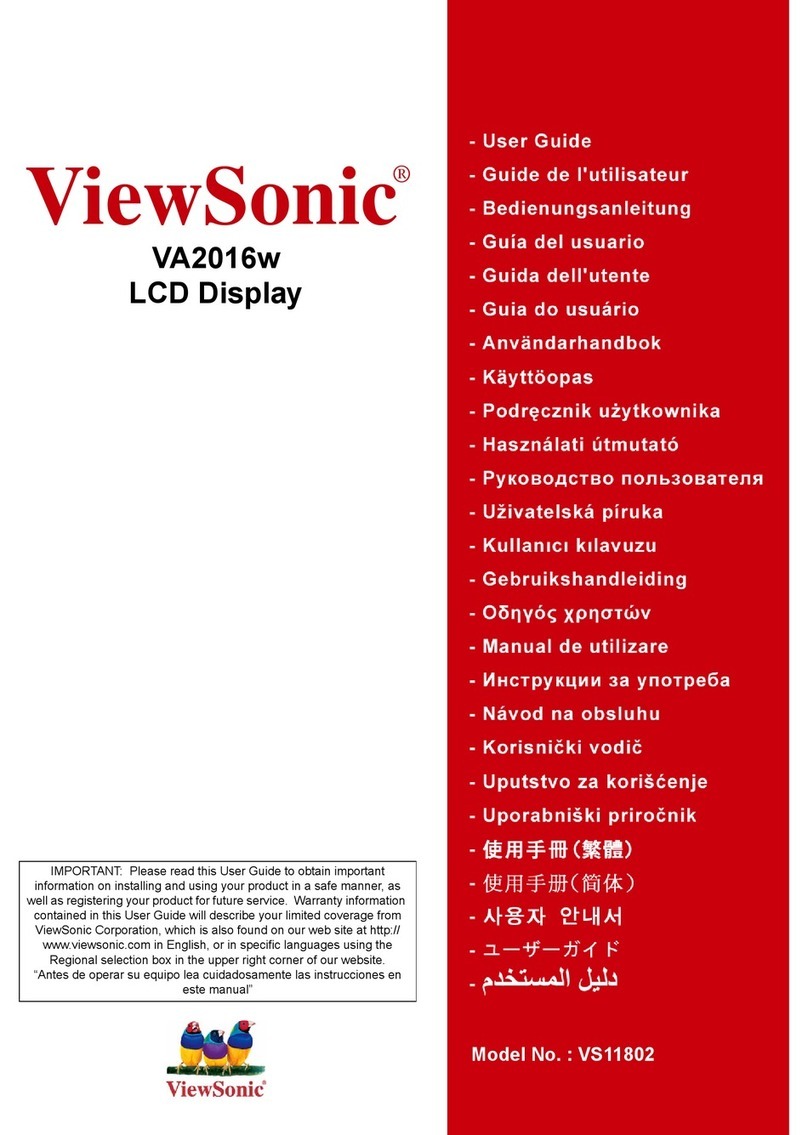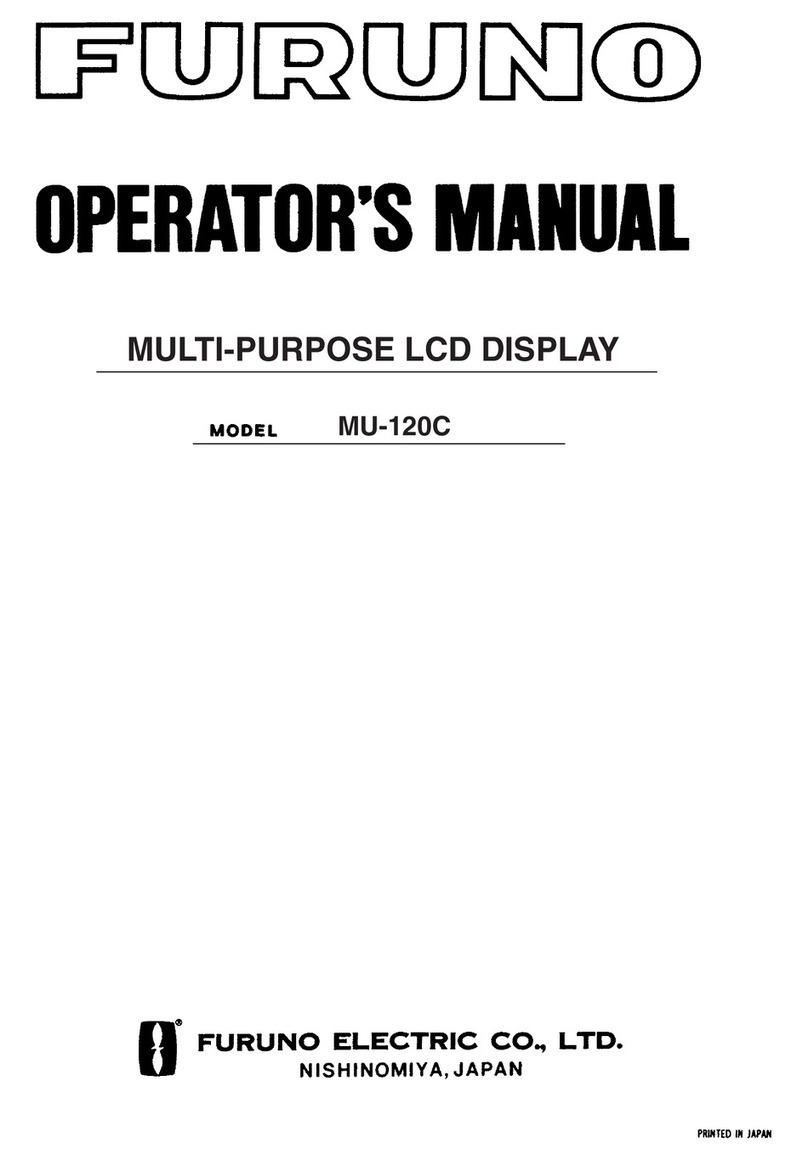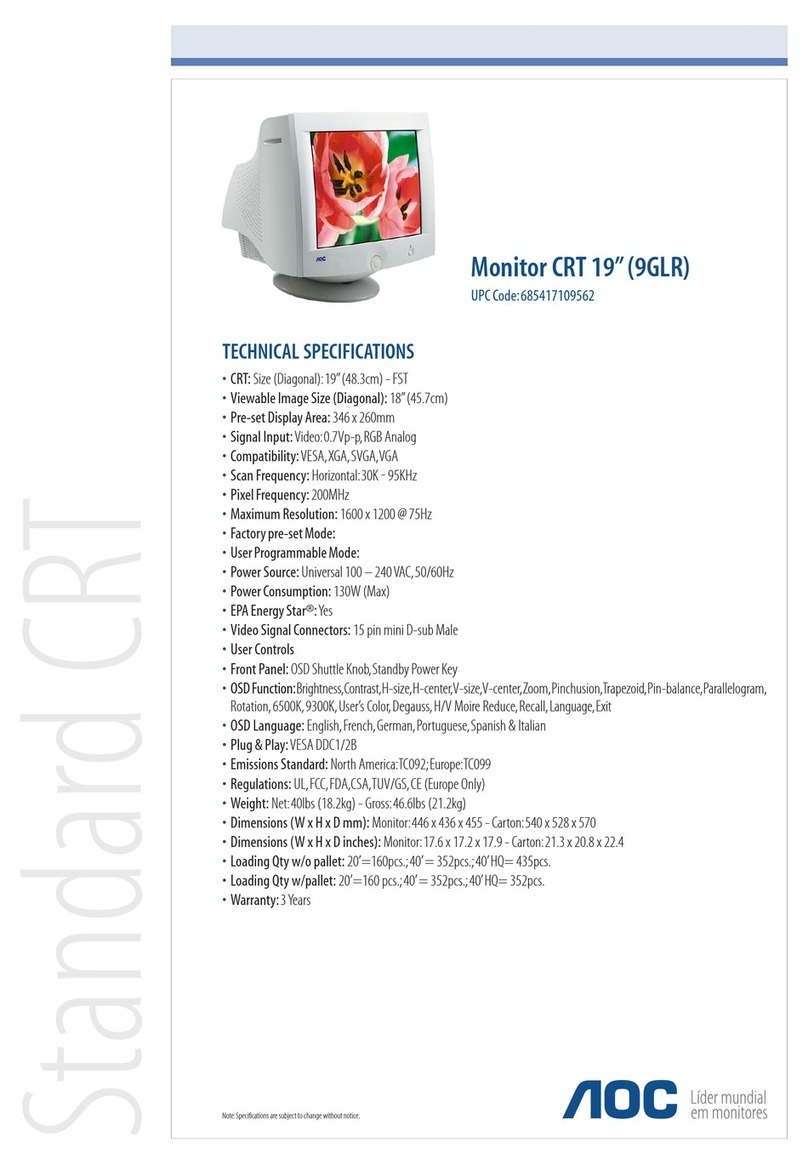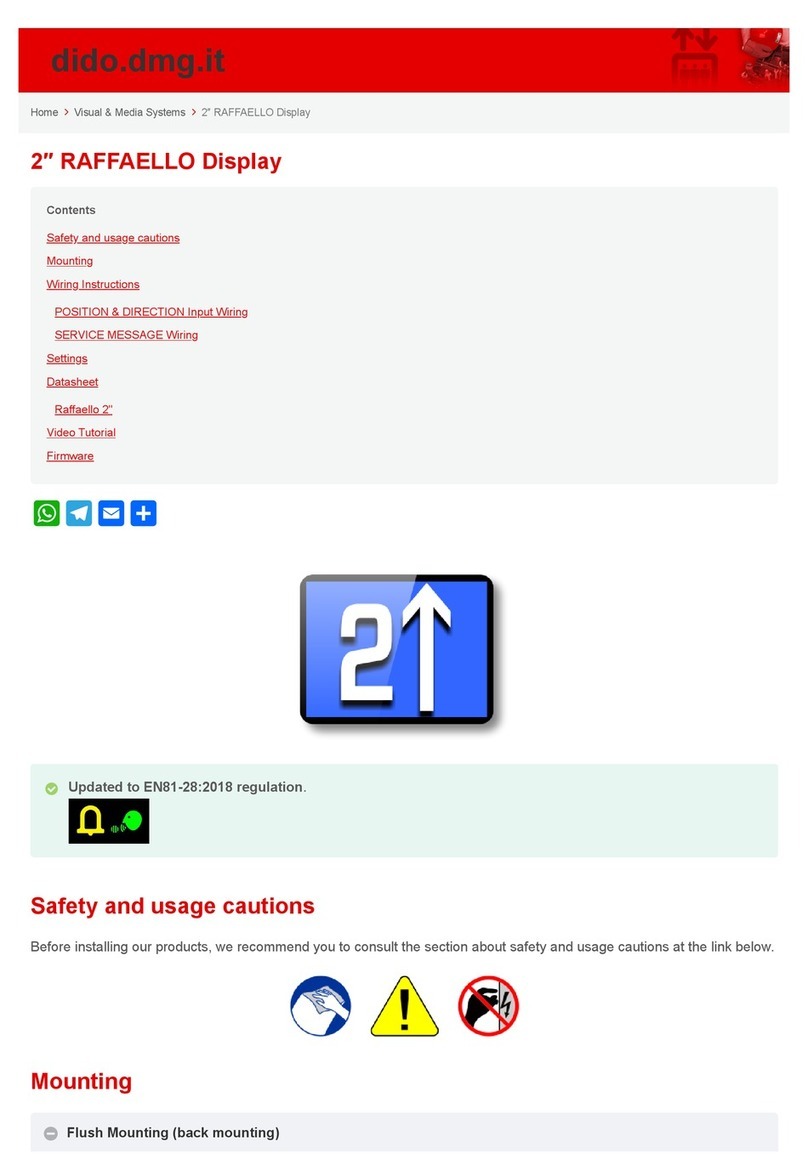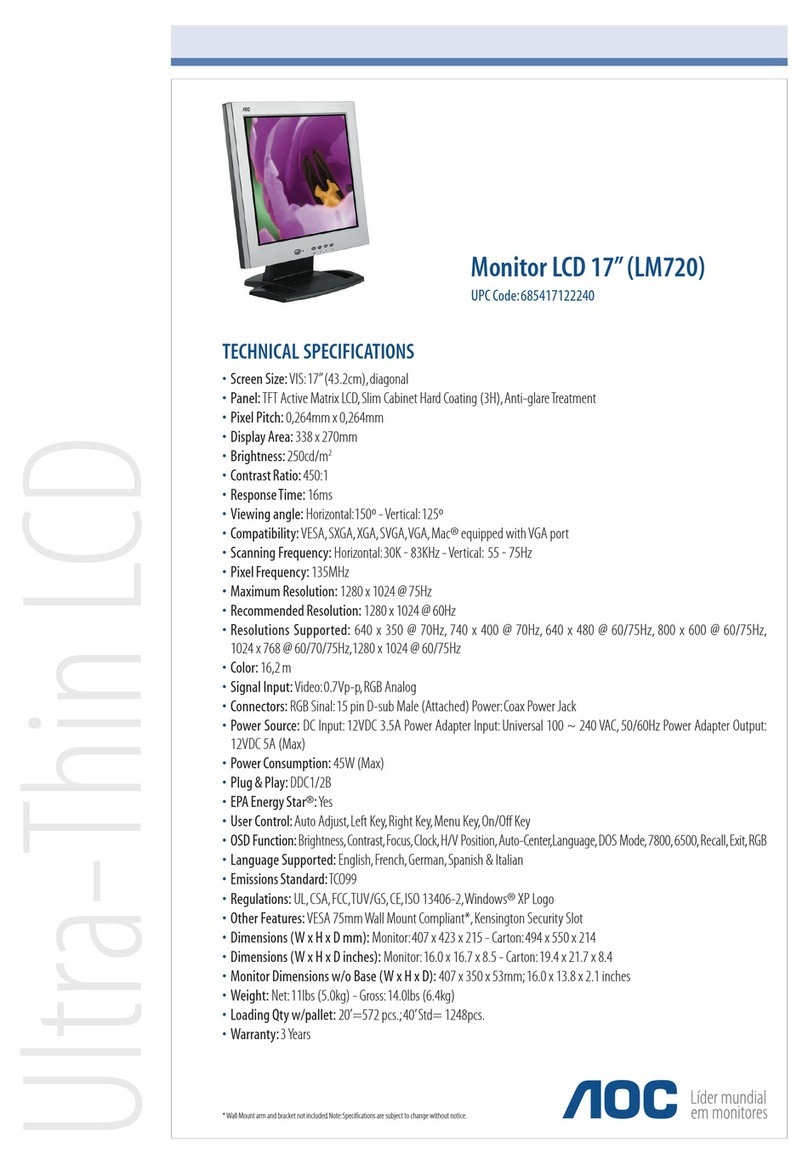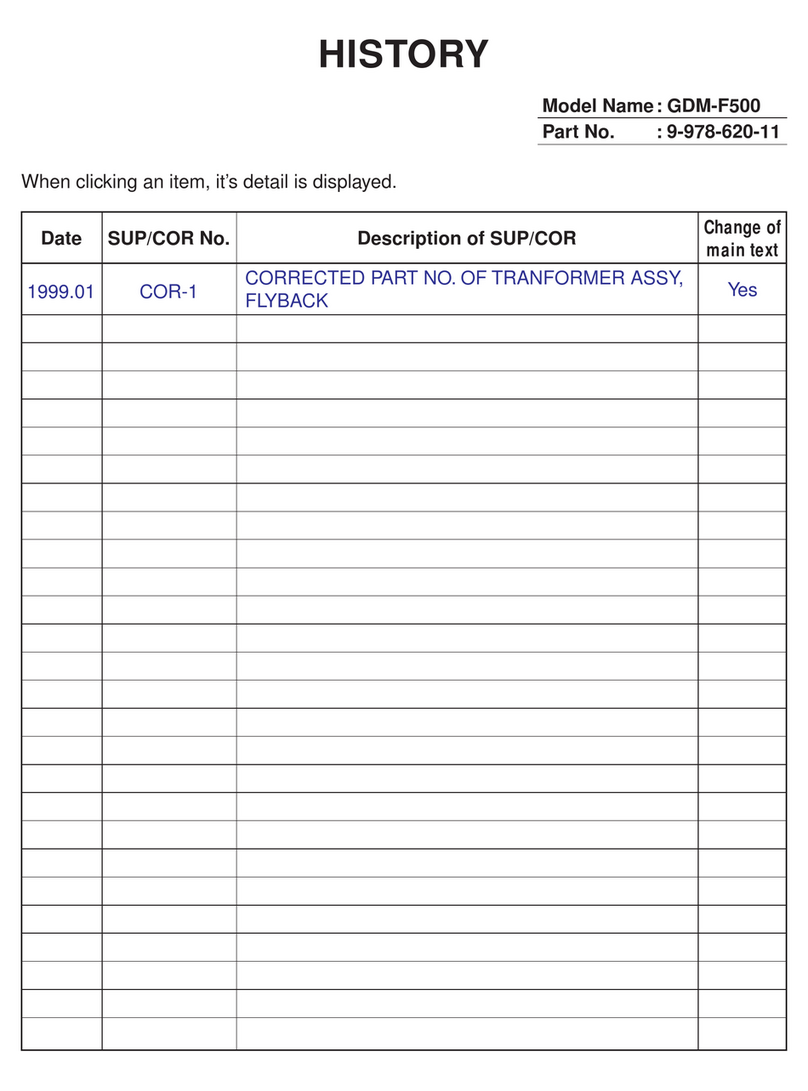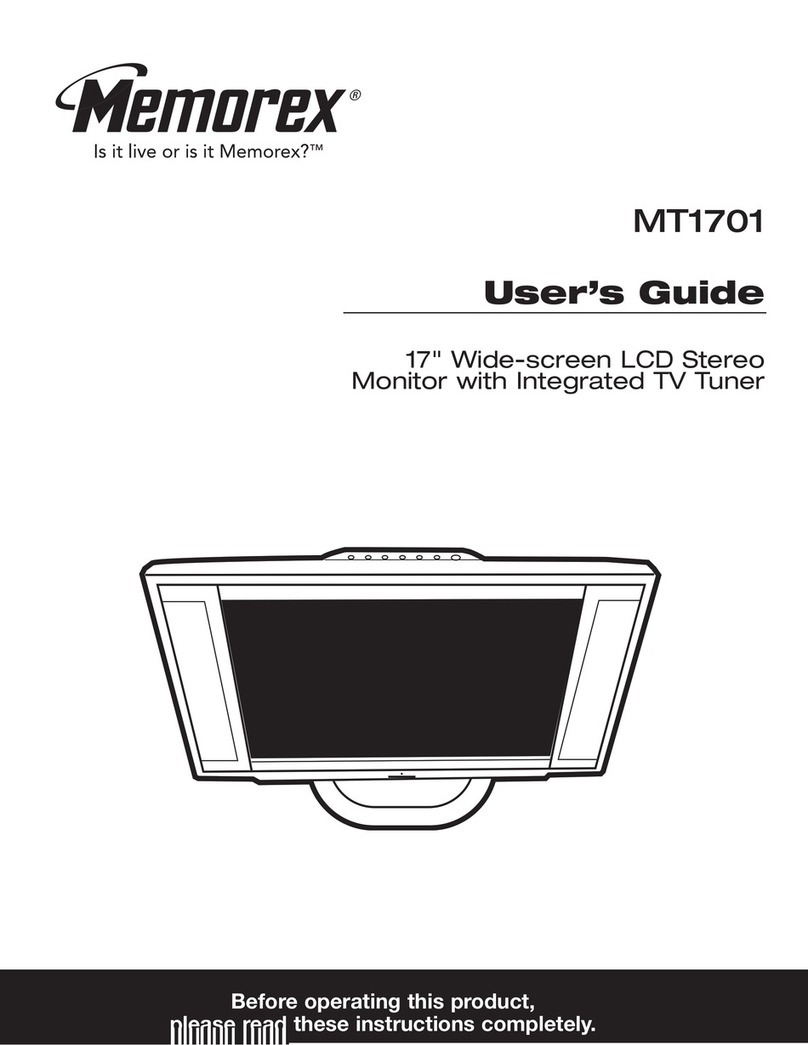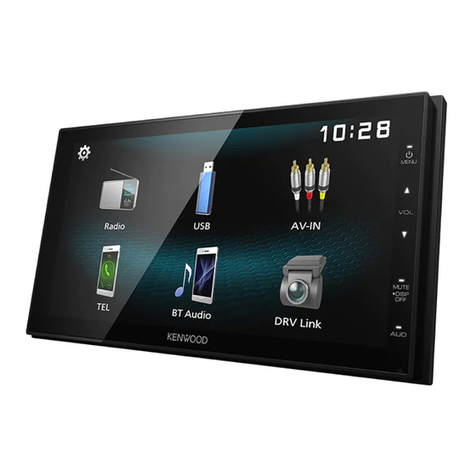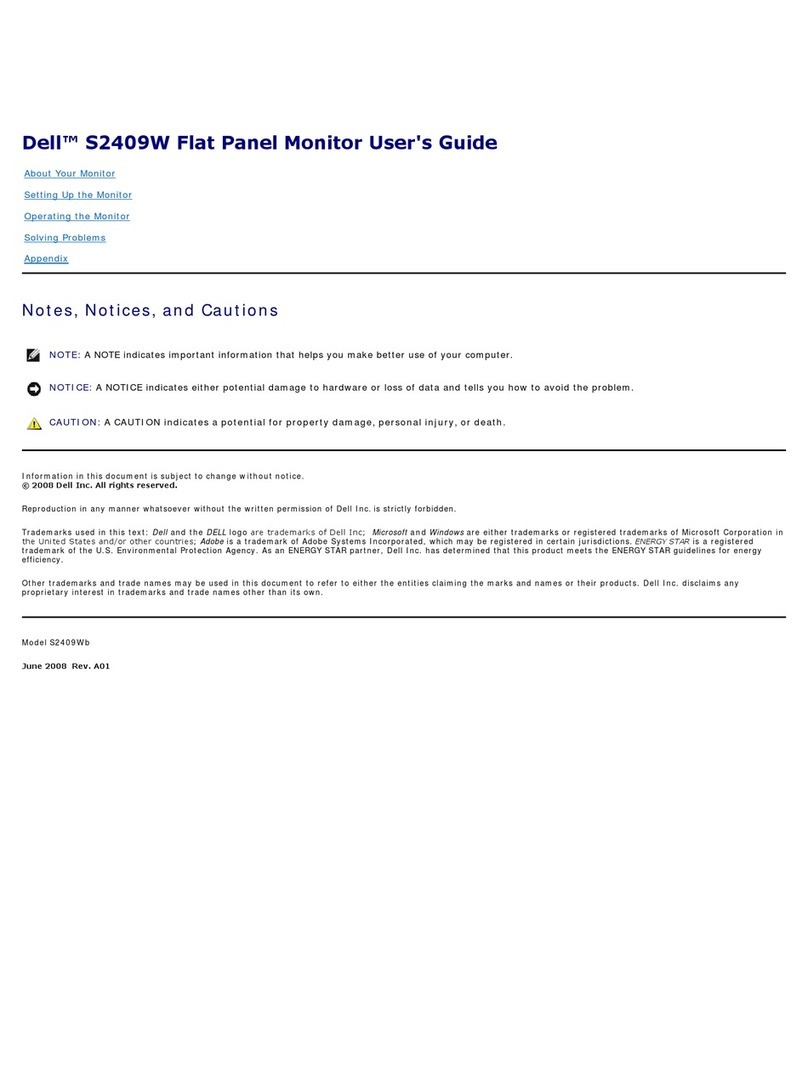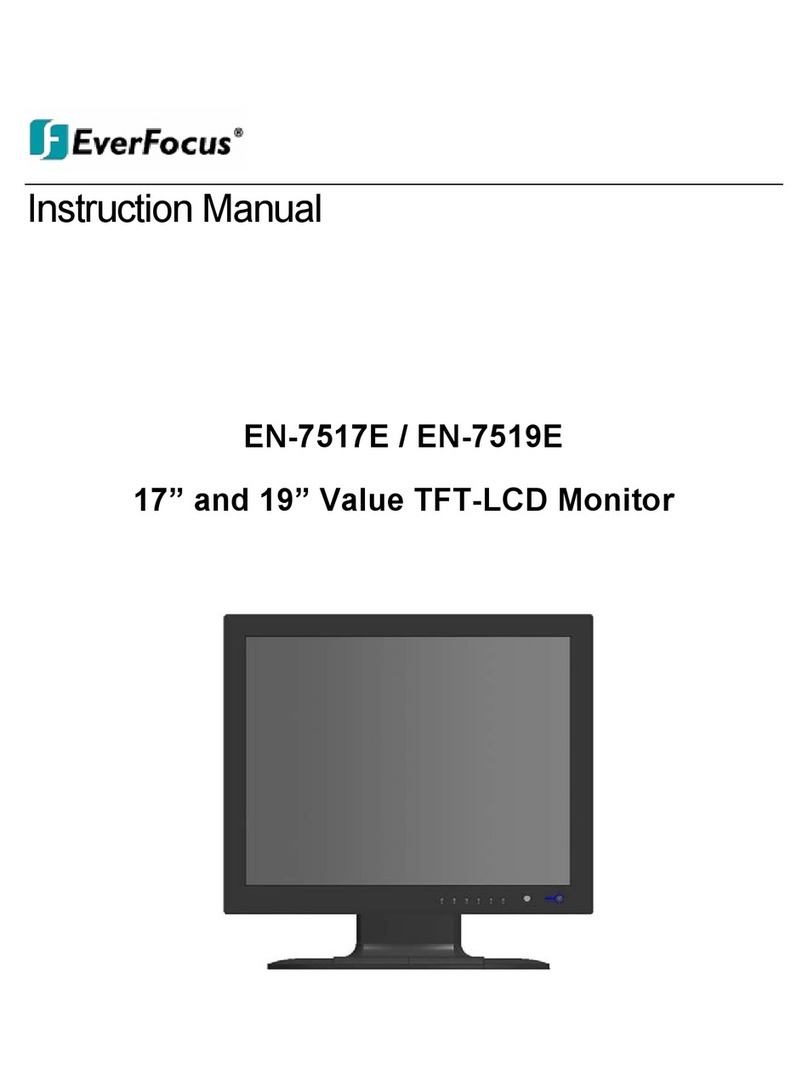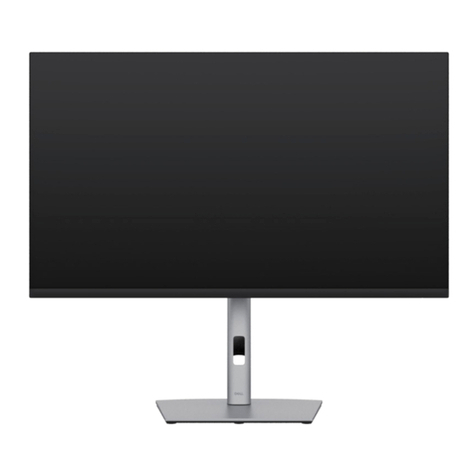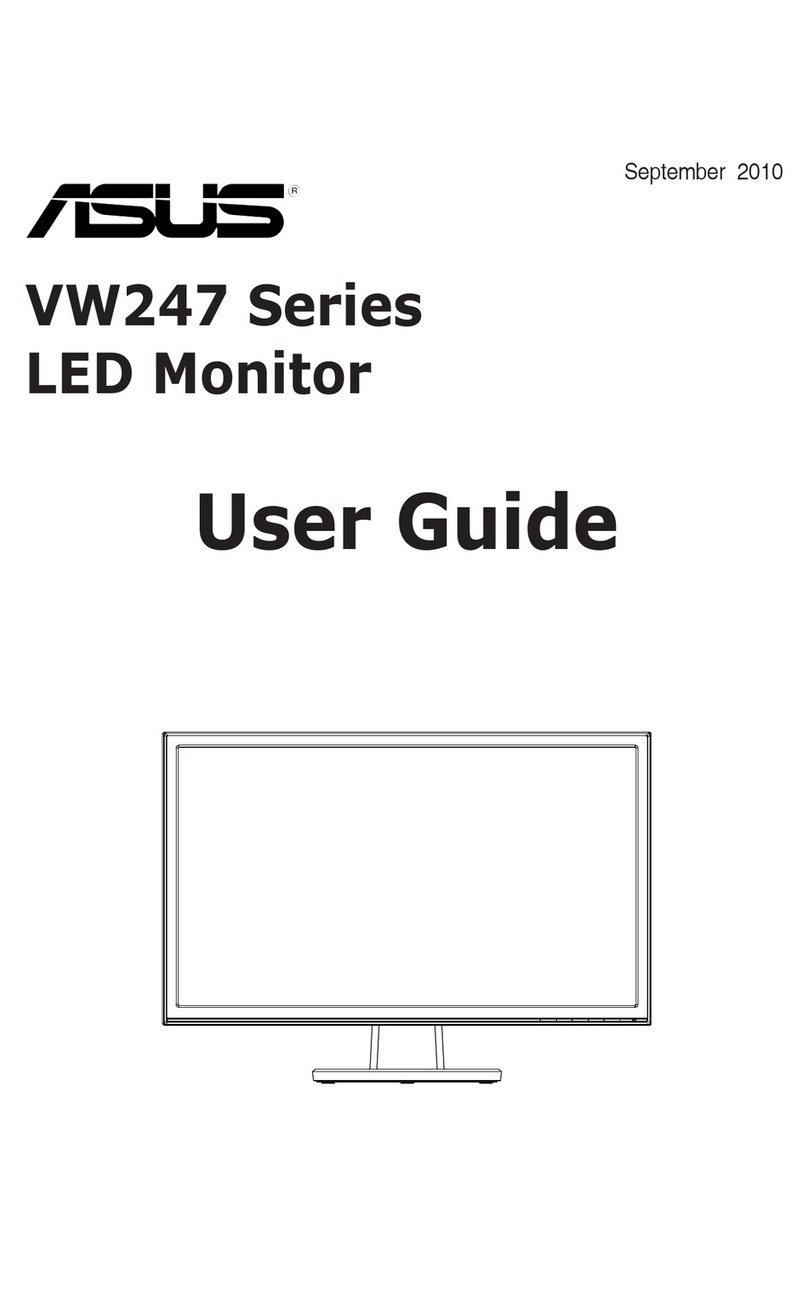
WARNING !
This service information is designed for experiencedrepair technicians only and is not designed for use by the
general public.
It does not contain warning or caution to advise non-technical individuals of potential dangers in attempting
to service a product. Product powered by electrical should be serviced or repaired only by experienced
professional technicians. Any attempt to service or repair the products dealt within this service information
by anyone lese could result in serious Injury or death.
1. CAUTION.
No modification of any circuit should be attempted. Service work should only be performed
after you are thoroughly familiar with all of the following safety checks and servicing guide
lines.
2. SAFETY CHECK.
Care should be taken while servicing this CRT display because of the high voltage used in the
defection circuits. These voltages are exposed in such areas as the associated flyback and yoke
circuits.
3. FIRE & SHOCK HAZARD.
Insert an isolation transformer between the CRT display and AC power line before servicing the
chassis. In servicing,pay attention to original lead dress especially in the high voltage circuit. If a
short circuit is found, replace all parts which have been overheated as a result of the short circuit.
All the protective devices must be reinstalled per original design.
Soldering must be inspected for possible cold solder joints, frayed leads, damage insulation, solder
splashes or sharp solder points. Be certain to remove all foreign material.
4. LEAKAGE CURRENT COLD CHECK.
Unplug the AC cord and connect a jumper between the prongs on the plug.
Turn the CRT display power switch “on”
Measurement the resistance value with an ohmmeter between the jumpered AC plug and each exposed
metallic part on the CRT display such as the metal frame, screwheads, control shafts, etc. When the
exposed metallic part has a return path to the chassis, the reading should be 1.8 MegaOhm minimum.
5. LEAKAGE CURRENT HOT CHECK.
Plug the AC cord directly into the AC outlet. Do not use and isolatetransformer during this check.
Connect a 1500ohm, 10 watt resistor, paralleled by a 0.15uF capacitor between each exposed metallic
part and a good earth ground (as shown in Fig.1)
Use an AC voltmeter with 1000ohm/volt or more sensitivity and measure the AC voltage across the
combination 1500ohm resistor and 0.15uF capacitor.
5-1 Move the resistor connection to each exposed metallic part and measure the voltage.
5-2 Reverse the polarity of the AC plug in the AC outlet and repeat the above measurement.
5-3 Voltage measured must not exceed 7.5 volt RMS, from any exposed metallic part to ground A
leakage current tester may be used the above hot check, in which case any current measured
1. PRECAUTIONS AND NOTICES
ViewSonic Corporation 1Confidential – Do Not E55-2Copy


